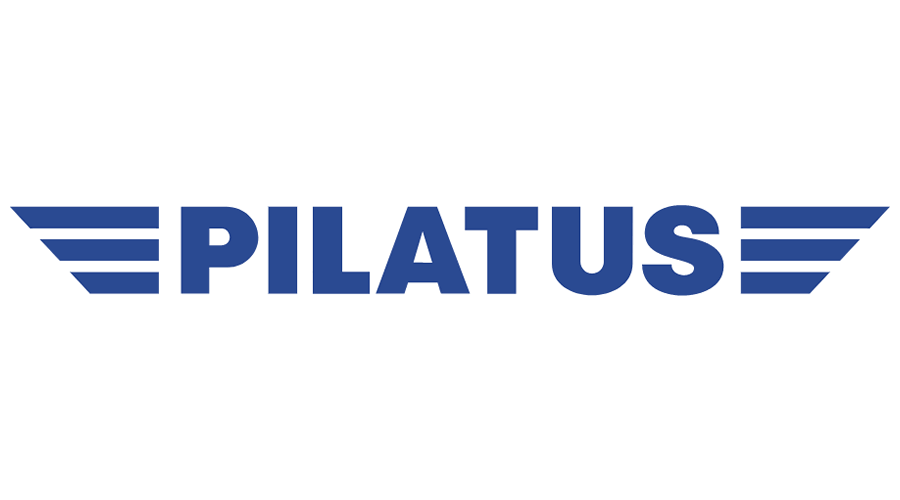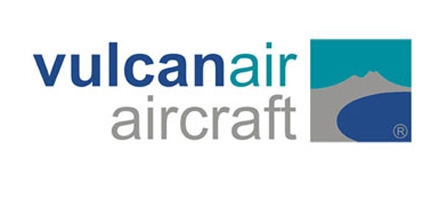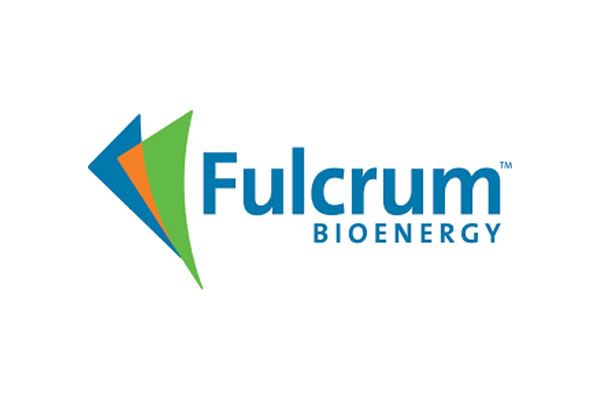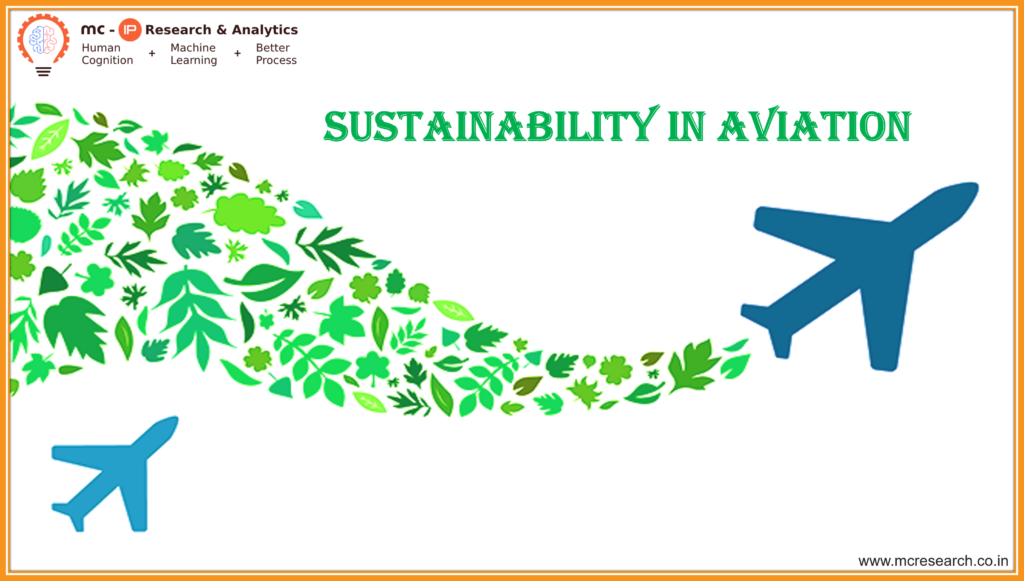Balancing the convenience of air travel with reduced carbon footprints poses a significant challenge. However, innovative solutions and a collective commitment to sustainability are paving the way for a greener future in aviation. Sustainable aviation may involve the use of more fuel-efficient aircraft, the development of alternative fuels, and the implementation of eco-friendly operational procedures within the aviation industry.
Challenges in aviation
Aviation has been a significant contributor to global carbon dioxide emissions, accounting for about 3% of the total. The industry’s rapid growth and reliance on fossil fuels have raised concerns about their environmental impact. To address these concerns, the aviation sector has committed to achieving net-zero carbon emissions by 2050. This commitment aligns with the goals of the Paris agreement and the need to limit global warming to 1.5 degrees Celsius.
Sustainability goals in aviation
1. Improved aircraft design
Efficient aircraft design plays a crucial role in reducing fuel consumption and emissions. Manufacturers have been investing in aerodynamic advancement, lightweight materials, and innovative structural designs to maximize efficiency. The use of composite materials such as carbon fiber-reinforced polymers, helps reduce the weight of aircraft, resulting in lower fuel consumption and emissions.
2. Advanced propulsion systems
The development of electric and hydrogen-powered aircraft holds promise for decarbonizing aviation. Electric aircraft utilize electric motors powered by batteries, while hydrogen-powered aircraft use hydrogen fuel cells to generate electricity for propulsion, especially for short-haul routes. However, challenges remain in terms of energy storage capacity and infrastructure development.
3. Sustainable aviation fuel (SAF)
Sustainable aviation fuel, also known as biofuel is a key component of the aviation industry’s sustainability strategy. SAF is derived from renewable sources such as waste oils, fats, and non-food crops. It can be blended with conventional jet fuel or used as a drop-in replacement. SAF has the potential to reduce CO2 emissions by up to 80% compared to fossil fuels without requiring significant modifications to existing aircraft or fuel supply systems.
4. Efficiency at altitude
Enhancing the efficiency of existing aircraft is a logical approach. Airlines are investing in modernizing their fleets, adopting lightweight materials, and improving aerodynamics. These advancements not only reduce fuel consumption but also extend the lifespan of aircraft, minimizing the environmental impact of manufacturing.
5. Air traffic management
Overcrowded skies contribute to inefficiencies and increased emissions. Advanced air traffic management systems, powered by artificial intelligence, can optimize flight routes, reduce congestion, and enhance fuel efficiency. Streamlining air traffic is a crucial step toward a more sustainable aviation ecosystem.
6. Recycling in the sky
Aircraft retirement raises concerns about waste management. Sustainable practices involve recycling and repurposing retired aircraft components. From seats to engines, recycling initiatives can contribute to reducing the environmental impact of aviation.
7. Global Collaboration
Achieving sustainability in aviation requires a collaborative effort. Governments, airlines, manufacturers, and passengers all play integral roles. International agreements and standards can set the stage for a unified approach to greening the skies.
8. Advanced avionics
Advanced avionics systems, including efficient navigation and communication technologies, contribute to fuel savings and optimized flight paths. Sustainable sensors are emerging as the unsung heroes, reshaping the landscape of aviation electronics with a focus on eco-friendly innovation. The sustainable sensors leverage materials with lower carbon footprints, such as recycled plastics and responsibly sourced metals. This not only reduces the environmental impact of production but also sets the stage for the development of fully recyclable sensors.
9. Noise reduction technologies
Advancements in aircraft design, engine technologies, and aerodynamics aim to minimize noise pollution during takeoff, landing, and in-flight operations. Innovations include quieter engines, improved wing configuration and sound absorbing materials. These efforts reduce the environmental impact of aviation by promoting a more sustainable and harmonious coexistence with local communities.
Key players in the sustainable aviation industry
Lightweight aircraft manufacturers:

Introduced several groundbreaking lightweight aircraft models. One notable example is the Cessna Citation CJ4, a high-performance business jet known for its exceptional fuel efficiency and range. Another remarkable aircraft is the Beechcraft King Air 260, which combines advanced avionics with a lightweight design to deliver unparalleled performance.

Patented the Cirrus Airframe Parachute System (CAPS) which allows the entire aircraft to be safely lowered to the ground in the event of an emergency, potentially saving the lives of the occupants.

They offer a diverse range of aircraft to meet the needs of various customers. From single-engine piston aircraft to turboprops and even business jets, they create aircraft that are not only lightweight but also highly efficient and reliable.

The Pilatus PC-24 is a twin-engine business jet that combines the versatility of a turboprop with the speed and range of a jet aircraft. Using advanced composite materials, such as carbon fiber-reinforced polymer, is one of the notable technologies implemented by Pilatus in the construction of its aircraft. This not only reduces weight but also results in improved fuel efficiency.

Employs carbon fiber reinforced polymer (CFRP), which offers an exceptional strength-to-weight ratio and also utilizes advanced manufacturing techniques to further reduce weight. Some of their popular models are V1.0, V1.1 and V1.2.

Employs computational fluid dynamics (CFD) simulations and wind tunnel testing to fine-tune the aerodynamic profiles of their aircraft. Their aircraft design incorporates redundant systems and advanced avionics to ensure a safe and reliable flight experience.
Sustainable propulsion aircraft manufacturers

Investing highly in the development of hybrid-electric propulsion systems for aircraft. These systems combine traditional jet engines with electric motors, allowing for increased fuel efficiency and reduced emissions.

Investing in the development of electric and hybrid-electric propulsion systems and exploring the use of hydrogen as a clean and sustainable fuel for aircraft.

Investing heavily in hybrid-electric propulsion systems, which combine traditional fuel-based engines with electric motors. These systems offer improved fuel efficiency, reduced emissions, and quieter operation.

Working on the development of electric aircraft such as the E-Fan X, which is a hybrid-electric aircraft designed to demonstrate the feasibility of electric propulsion in commercial aviation.
Sustainable aviation fuel companies

One of the key initiatives is the conversion of waste materials into biojet fuel. They have developed advanced processes to convert agricultural residues, such as corn stover and wheat straw, into sustainable aviation fuel.

The leading sustainable aviation fuel (SAF) supplier works closely with airlines, airports, and other stakeholders to promote the adoption of sustainable aviation fuel and drive the industry towards a greener future.

Involved in advanced technologies that convert organic materials into high-quality environmentally friendly fuel through processes such as fermentation, transesterification and hydroprocessing.

A company dedicated to the production of low-carbon transportation fuels from non-recyclable waste.

SAF is derived from 100% renewable and sustainable feedstocks, such as waste and residue oils.
As the aviation industry propels itself into the future, sustainability must be at the forefront of its journey. From innovative fuels to cutting-edge technology, the possibilities for a greener aviation sector are expanding. By embracing change, fostering collaboration and prioritizing the environment, we can ensure that future generations continue to explore the world without leaving an indelible mark on it.
How can MCRPL help?
We at MCRPL can help clients with a variety of aviation-related landscape projects by utilizing advanced technologies and commercial databases to provide clients with insightful information. We do this with the support of a team that possesses a deep understanding and expertise in a variety of advanced hi-tech domains.
MCRPL has the tools*, expertise, and experience to help you succeed. Our services are intended to provide you with the knowledge you need to make informed decisions and stay competitive. We use the Human-plus-Machine approach (MCRANK) to assure flawless quality in patent shortlisting and I Cube Cognitive is a one-stop solution that is a hybrid of Mind + Machine developed tool that brings combined solutions to R&D, Innovation, Legal, Commercial and Business divisions.
© Molecular Connections Private Limited
For more information, contact priorart@molecularconnections.com
For more updates subscribe IP Tech Insider
Also, you can place an order for your search on our online portal: https://ipsolutionshub.com/






